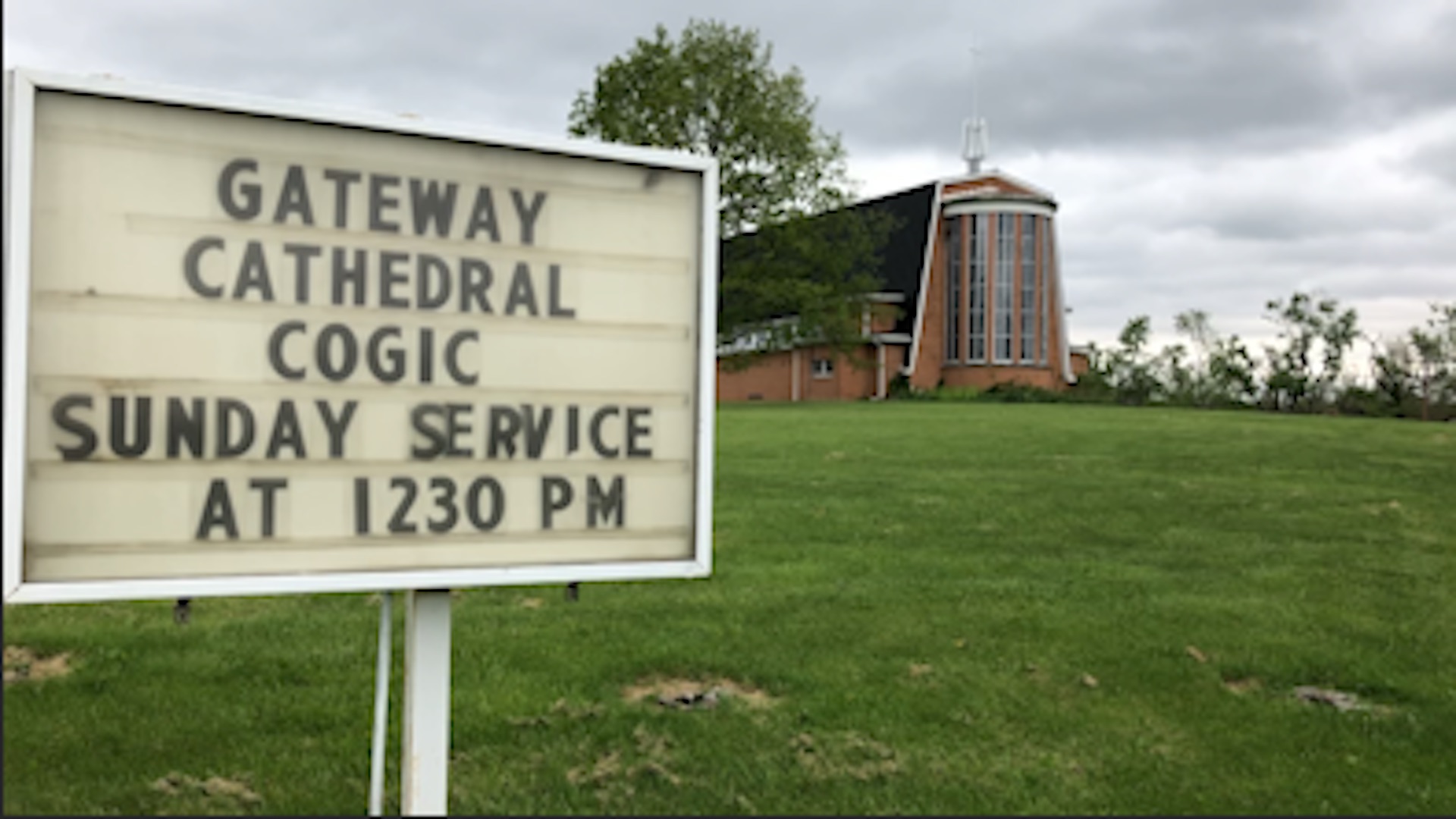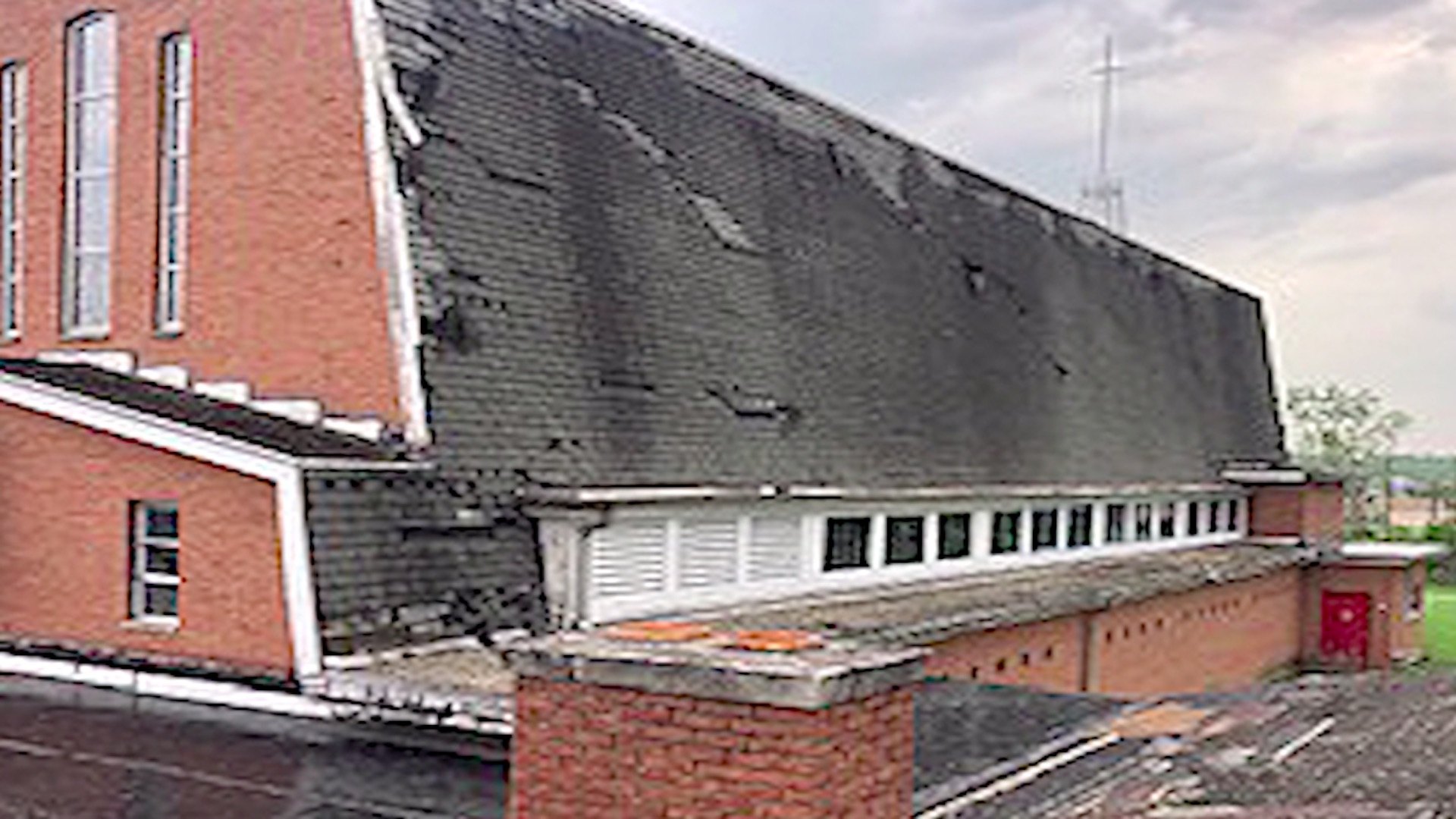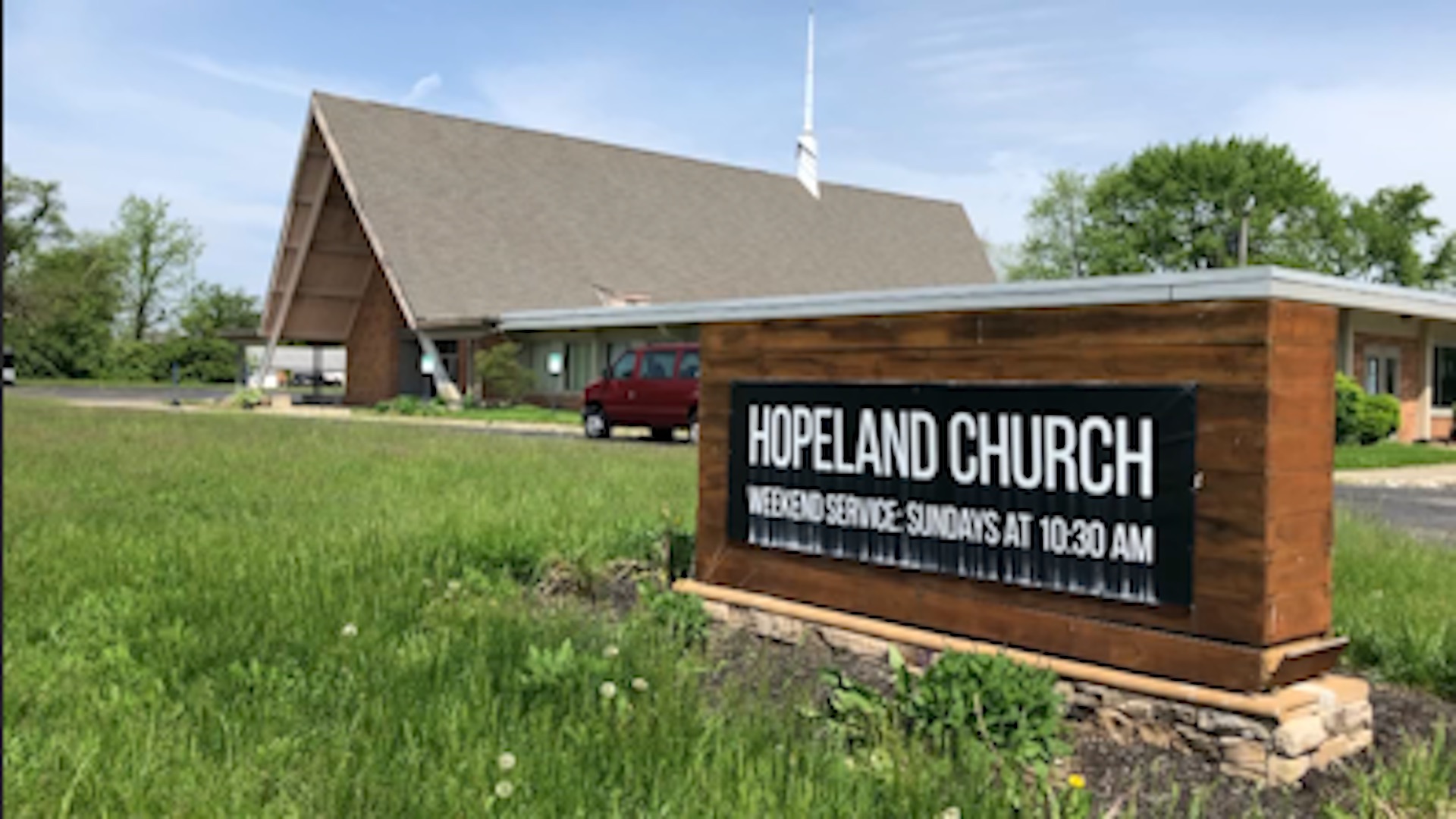Part 2 of a 3-part series.
MIAMI VALLEY, Ohio — As we hit the one year anniversary of the Memorial Day tornadoes that devastated the Miami Valley, we are reminded of how the affected communities leaned on one another to recover from disaster.
No greater example of that comes from North Dayton and Trotwood.
What You Need To Know
- Two churches in the Miami Valley were rallying-points for tornado recovery efforts in their community
- Gateway Cathedral in Trotwood suffered extensive tornado damage, but is in the process of being restored, with goals of being reopened next year
- Hopeland Church in North Dayton and The Living City Project delivered new furniture for 400 families in the Miami Valley
- Both Pastors are very proud of the community and volunteers who immediately helped with recovery efforts
Norman J. Scearce is the pastor of The Gateway Cathedral in Trotwood.
“This building has been in this community when there was nothing else here,” Scearce said. “This community was literally built around this church. It has been a staple in this community for well over 50 years.”

And as we tour the inside of his church, it’s easy to understand just how bad the damage was just one year ago
“The ceilings blew in here on either side, as well as in some of the offices in the back,” he said.

On Memorial Day 2019, 15 tornadoes blew through Trotwood and the Miami Valley. Scearce remembers how terrifying that night was.
“That night was something I don’t think we’ll ever forget,” Scearce said. "My wife and my three children were all huddled in the bathtub in our home as the storm passed over. And it just felt like the house was just going to be lifted up and taken away.”
An EF-4 devastated Trotwood, splintering houses, and damaging Trotwood’s landmark cathedral. And at first light the next morning, the true devastation revealed itself — and so did the true character of the community.
“There was a lot of work that neighbors and people just did for each other to kind of help begin the process of rebuilding,” Scearce said.
Across town, another church in North Dayton faced a similar situation. Pastor Joel Burton describes what he saw as he made his way to Hopeland Church.
“As I was coming down our street here on Miller Lane, I was going over telephone poles, trees, stop signs and just seeing everything a wreck,” Burton said.
His worst fear was the church would be gone. But somehow, the tornadoes missed his church.
“Not a stitch of debris in our field at all,” Burton said. “Nothing on our plot. Immediately I knew when I got here that we needed to start getting things ready to prepare and serve the city in a much more intentional way than we ever have before."

Almost instantly, both churches established as rallying points for volunteers as well as a safe place for the community to find food and water.
“The church was somewhat of a ground zero of sorts — a hub, if you will, for volunteers dispersing in the the community,” Scearce said.
“We cooked for three weeks straight from eight in the morning until almost midnight non-stop,” Burton said. “We had teams of people just cooking, cooking, cooking, cooking.”
And symbiotically the two churches, separated by seven miles, became beacons of hope — a shining light through the darkness cast by the storms.
“Through tragedy, lights were shone all across the community and those lights were the church.”
Hopeland Church is directly tied to the Living City Project, a faith-based citywide cleanup project in Dayton. So when tragedy stuck, they were ready to jump right in to lend a helping hand.
“Whether it be debris removal or home repair or groceries or financial assistance or food or whatever those needs might be, even if they didn’t provide it directly, they have the connectivity to put individuals in contact with where that need can be met.” Scearce said. “They have been absolutely crucial in this recovery process.”
As the months rolled along, volunteers continued to chip away at the mountain of work. In addition to cleanup, The Living City project, through collaboration with St. Vincent de Paul and many other organizations, started delivering furniture to tornado victims.
“What an amazing moment it is, when you’re able to take in a new couch into a home, into a family that truly lost everything and they’re starting over,” Burton said.
In total, they provided replacement furniture for 400 families. Burton said it’s been extremely fulfilling and humbling to be able to help so many people.
“It does my heart well to see the harder hit areas bouncing back really well,” Burton said. “We broke records in this event.”
Through these collaborative efforts, the Miami Valley has made significant progress rebuilding from the tragedy — and that’s thanks to the efforts of all the volunteers throughout the year.
“I’m proud of the community,” Burton said. “I’m proud of the city. I’m proud of the people that helped and got in and rolled up their sleeves and left everything and just volunteered and worked and served their neighbor. That’s huge — we need that every day — we don’t ever need to stop that.”
Scearce said he’s extremely proud of the people of the Trotwood community as a large majority of tornado damaged homes are rebuilt.
“We are the most resilient people you will find on the face of the earth,” Scearce said. “And that is not a far stretch by any means. I think well into the future, people will remember what citizens of the city of Trotwood to bring themselves back from what many people would consider absolute destruction.”
The renovation of his church is slowly progressing — with plans to reopen the cathedral sometime next year. And despite the extremely tough circumstances over the past year, they will continue to be the light in their community.
“Light shines brightest in darkness. So, whether it’s the tornado, the mass shooting that was just a few months after that, or whether it is coronavirus or whatever it might be in the future. Scripture tells us all things — no matter how good or how bad — work together for the good. And while it might be really, really difficult to see what the good is in the moment — everything we go though makes us stronger, makes us better, makes us wiser than we have ever been before.”
While great progress has been made over the past year, Burton said there is still more work to be done and volunteers are welcome.
If you are interested in volunteering or donating, you can do so by visiting the Living City Project website.



